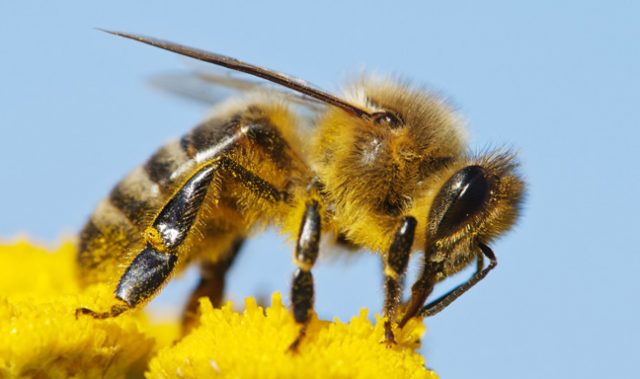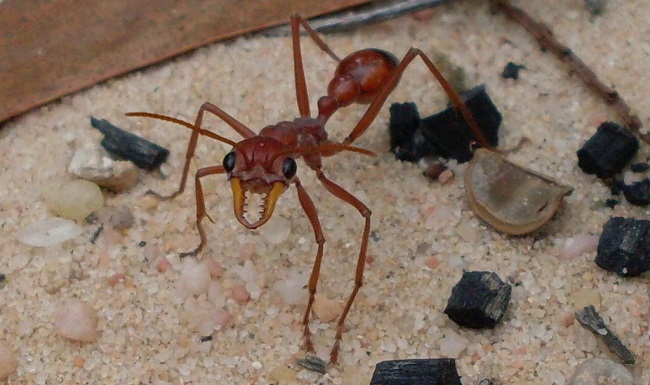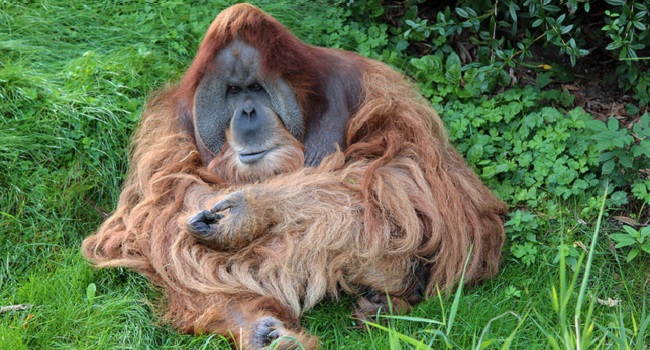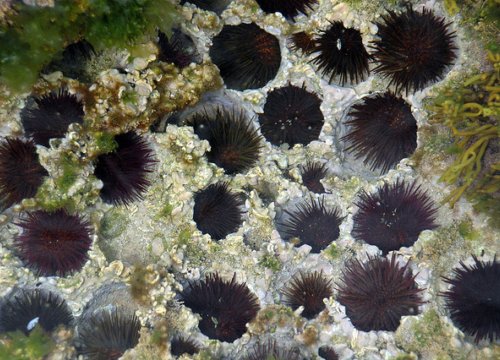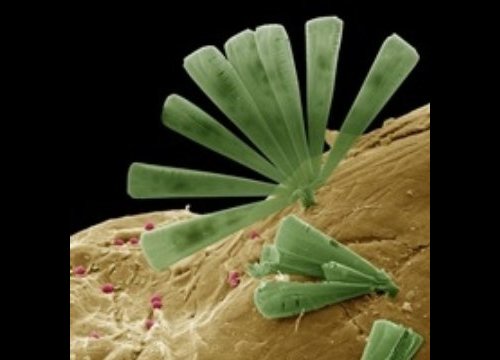
AsianScientist (Jun 13, 2014) – In a study published in Current Biology, researchers provide new information about the vision of bumblebees, adding to our knowledge of how they detect and identify flowers.
It was known that bees are sensitive to polarised light and that they make use of it for sun-compass navigation. Humans cannot see the polarisation of light – although we do wear PolaroidTM sunglasses to shield our eyes from polarised glare, such as that reflected from water surfaces.
To a foraging bee, polarisation signals are just one of many floral signals such as colour, patterns, shape, texture, temperature, humidity and electric fields that act together to help bees recognise flower species and enhance their foraging efficiency.
To find out if bumblebees could learn polarisation patterns on flowers, the researchers led by Professor Julian Partridge of the University of Western Australia created artificial ‘flowers’ and a flying arena. Bees flew into the arena, visited the ‘flowers’ and learnt to differentiate between rewarding, or sucrose-providing ‘flowers’ with one pattern of polarisation and aversive, or quinine-providing flowers which had a different pattern of polarisation.
The team found that bumblebees could learn to make use of polarisation patterns on artificial flowers – but only from flowers that are downward facing, or pendant. Pendant flowers represent a high proportion of angiosperm species, which are the most economically important plants and include most agricultural crops, garden flowers and many common shrubs and trees. The work also showed that real flowers have polarisation patterns.
The authors said that because bees could only learn polarisation cues from pendant ‘flowers’, it was possible they used the same polarisation-sensitive upper part of their eye that they used for navigation.
The article can be found at: Foster et al. (2014) Bumblebees Learn Polarization Patterns.
—–
Source: University of Western Australia; Photo: Paul Albertella/Flickr/CC.
Disclaimer: This article does not necessarily reflect the views of AsianScientist or its staff.




